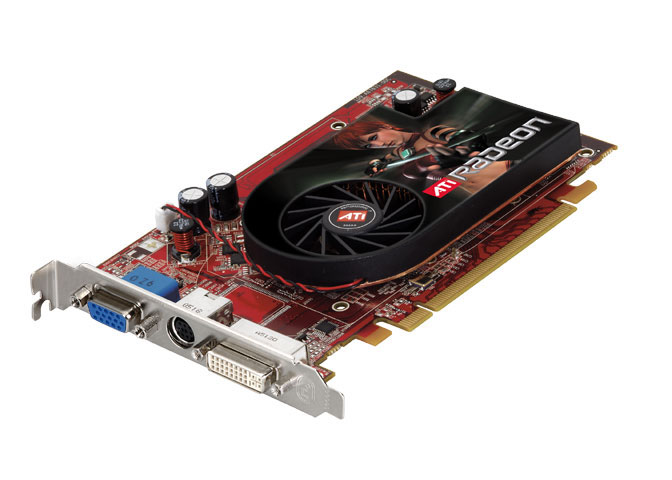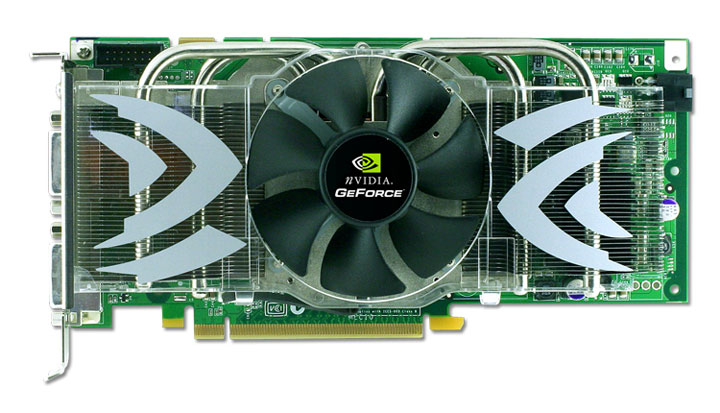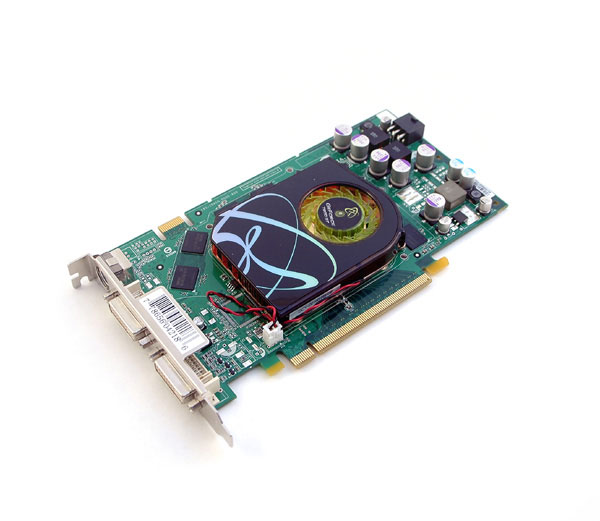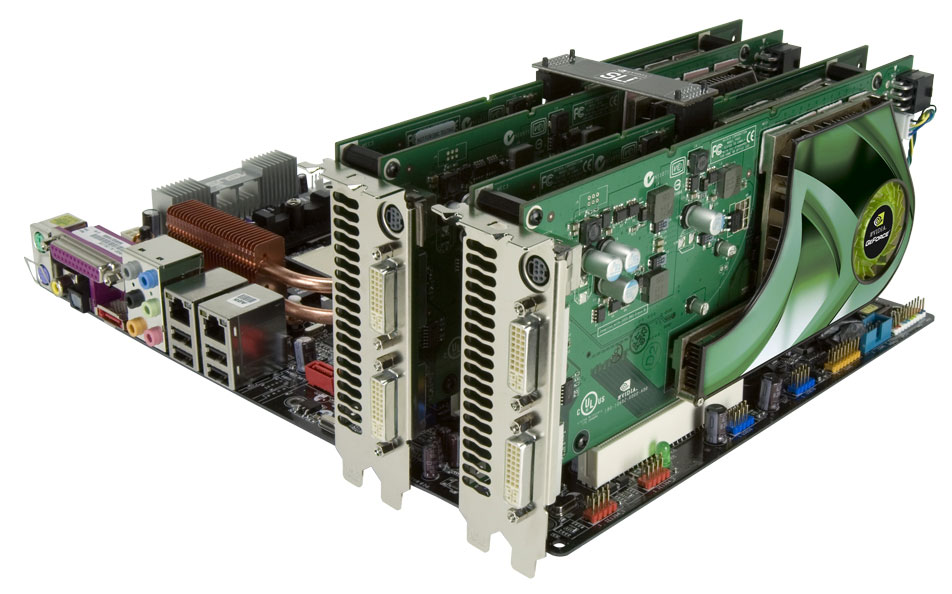Ten Things to Know Before Buying a Video Card
Shopping for a new video card for the first time? Find out what you need to know before making an expensive mistake.
Selecting a video card upgrade can be an intimidating task. Unless you've kept up with all the GPU announcements and performance reports, it's practically impossible to know which cards are worth buying. Graphics processing units, like CPUs, improve year after year, and that means there's a staggering selection of graphics cards available to choose from and retailers just love to place obsolete cards right alongside the latest and greatest. If you're not careful, you could very well end up paying a lot of money for technology that's already a generation behind. Here are 10 things you need to know about video cards before shopping for one.
1. Memory isn't everything

Here's the deal. You need a video card that has a decent amount of memory to play games at high-resolution with quality graphics settings enabled. Good video cards usually have lots of memory because all of that GPU horsepower will go to waste if you don't have enough memory space.
However, the video card manufacturers know that novice buyers look at memory size as one of the main comparison points between different cards, and that's why it's very common to see cards with cheap GPUs sporting 256MB or even 512MB of memory, which is sort of like dropping a 110-horsepower engine into the body of a muscle car. The underpowered card might have some of the right numbers on the spec sheet, but its poor performance will show once the gaming starts.
2. It's all about the GPU
Memory is important, but the real heart of the video card is the graphics processing unit. When you're browsing through video card names, the most important thing to look for is the GPU type, since that little chip is responsible for all of the video card's 3D performance. Today's best GPUs come from Nvidia and ATI, but it's not enough just to buy a video card with a "Nvidia GeForce" or "ATI Radeon" GPU. You also have to pay attention to the model number since Nvidia and ATI label all their cards from the sub-$100, entry-level cards to the $500 high-end monsters with the same GeForce and Radeon brand names. Higher model numbers are better, but you should also pay attention to additional modifiers at the end, such as GT, GS, GTX, XT, and XTX, since they often reveal important shader and clock-speed information. Study a few video card reviews or game performance guides to get familiar with the current models to see how they compare.
3. Pipelines, shaders, and clock speeds

You could look at a GPU's clock speed and the pixel pipeline count to get a rough idea of the card's performance level in the early days of 3D acceleration. Today's GPUs have evolved to do much more than brute-force pixel processing. Lighting and other effects that used to take several pipeline "passes" can now run though a shader program to get the same results with fewer passes and less wasted work. GPUs now have specialized processing units dedicated to crunch through complex vertex and pixel-shader programs. Shader units might become an important specification to watch in future video cards as games become more shader-intensive. ATI has recently started reporting the number of shader units it has assigned to each pixel pipeline in its Radeon X1900 XTX line.
For the time being, you can still judge current GPUs by the number of pixel pipelines they have. GPU manufacturers also report vertex pipelines, but we haven't seen any games that bottleneck at the vertex-processing level yet. Entry-level cards usually have four pixel pipelines. Midrange cards have 8 or 12 pipelines, and high-end cards have 16 or more pipelines. Higher clock speeds are always better, but if you're choosing between pipelines or clock speeds, it's usually better to select more pipes over more MHz. Having eight pipelines running at 400MHz is much better than having four pipelines running at 500MHz.
4. Windows Vista and Direct3D 10
Microsoft plans on shipping its newest Windows operating system, Windows Vista, in early 2007. The new OS will feature DirectX 10, an updated collection of functions that software applications can use to access various system resources, including the 3D graphics card. The new version of DirectX incorporates a new version of Direct3D designed to streamline the graphics pipeline by reducing CPU overhead and moving more work to the GPU. Windows Vista will still work with current DirectX 9 video cards, but you'll need a DirectX 10 video card to run DX10-enabled games at the best settings.
We expect Nvidia and ATI to ship their first DX10 cards in the second half of this year, but you don't need to rush out and get one if you're afraid of game-compatibility problems. Game developers understand that it will be several years before the DX10 installation base surpasses the DX9 installation base. All games, including Vista exclusives Halo 3 and Shadowrun, will be DX9 and DX10 compatible for several years after Vista's arrival.
5. It's (almost) always a good time to buy
The fierce competition between Nvidia and ATI has rewarded us with a fast 3D technology development cycle. The GPU manufacturers release a new line of chips every 12 to 18 months, which results in a steady stream of increasingly powerful cards with more and more features. Manufacturers also tweak designs to increase clock speeds and add new features to refresh product lines several months after the initial architecture rollout. Since many new features are forward-looking, such as H.264 high-definition video acceleration and advanced Shader Model support, it might be a year or two before the actual content becomes widely available.
It's always a good time to buy if you don't have to get the best card available. Video card prices fall quickly since new product introductions constantly push older or slightly less powerful hardware into more affordable price ranges. The worst-case scenario is buying a high-end card right before Nvidia or ATI release a new line of GPUs, but even then, you still end up with a very powerful card that will have no problem running the games you want to play for a very long time.
6. You don't need to spend $500

The newest top-end cards ship at $500 or more, but you can always find several high-performance cards in the $200-$300 range. This price range usually offers the best performance for the dollar because it includes a mix of current-generation enthusiast-level cards as well as discounted high-end cards from the previous graphics generation.
Check out pipeline and clock speed specifications when comparing two cards from different technology generations. If the specs are roughly the same, go with the newer card since it'll have support for more advanced features. Newer chip architectures are also more efficient so you'll get more performance out of the same number of pipelines.
7. Do you have the power?
System power requirements have become a major concern now that video cards have grown into strong, power-sucking behemoths. Video card manufacturers print the power-supply recommendations on the side of the box. The printed number is often slightly higher than actually necessary since it accounts for poor power-supply quality and overloaded systems. Mid- to high-end single cards usually require a 400W or 450W power supply. Requirements for dual-card setups such as a CrossFire Radeon X1900 XTX configuration start at 550W.
8. AGP and PCI Express
Since its introduction two years ago, PCI Express has replaced AGP as the standard graphics slot in currently shipping systems. PCI Express offers two to four times more bandwidth than AGP, and almost all new video cards come in the PCI Express format. The GPU manufacturers throw a bone to AGP system owners once in a while with a new GPU like the Nvidia GeForce 7800 GS, but all the best equipment comes out for PCI Express first.
If your PC system is more than two years old, it probably has an AGP slot. Upgrading to PCI Express will be expensive since you'll need to replace the motherboard, CPU, and memory, but if your system is more than two years old, it might just be the right time to upgrade your entire PC anyway.
9. SLI and CrossFire

You'll also need PCI Express if you want to upgrade up to a dual video card configuration. Getting dual-card systems up and running (and showing performance gains) is a complicated matter. You need to have the right kind of motherboard, a compatible set of video cards, and a passable power supply.
Nvidia and ATI both offer competing dual-card formats, which require their own specific motherboards. Nvidia introduced SLI (scalable link interface) first in 2004, and has used the time since then to solidify the platform and even build up an SLI certification program for crucial motherboard, power supply, and memory components. You can pair two SLI-approved GeForce cards from different manufacturers as long as the GPU types match. ATI launched its CrossFire dual-card technology in 2005. As with SLI, CrossFire requires a CrossFire-enabled motherboard, quality memory, and a beefy power supply. Matching ATI cards is slightly more complicated because you need to pair a "CrossFire Edition" card with a "CrossFire Ready" card to get two cards working together. Check out our recent SLI vs. CrossFire Grudge Match feature to compare the cards' performance.
10. Make sure you actually get a video card
If you're buying a prebuilt system online, pay careful attention to the video card option. If the selection menu only lists "integrated graphics," close the browser window immediately and find another model that offers real video card options. Graphics built right onto the motherboard are fine for basic desktop applications like word processing and browsing the Web, but they aren't powerful enough for gaming unless you consider 15 frames per second at 800x600 acceptable performance.
Discuss your video card buying tips!
What do you look for when buying a video card? What video card upgrades are you considering right now? Enter your thoughts below. Feel free to comment on someone else's responses, but please stay on topic. We're talking about video cards here!
Got a news tip or want to contact us directly? Email news@gamespot.com
Join the conversation